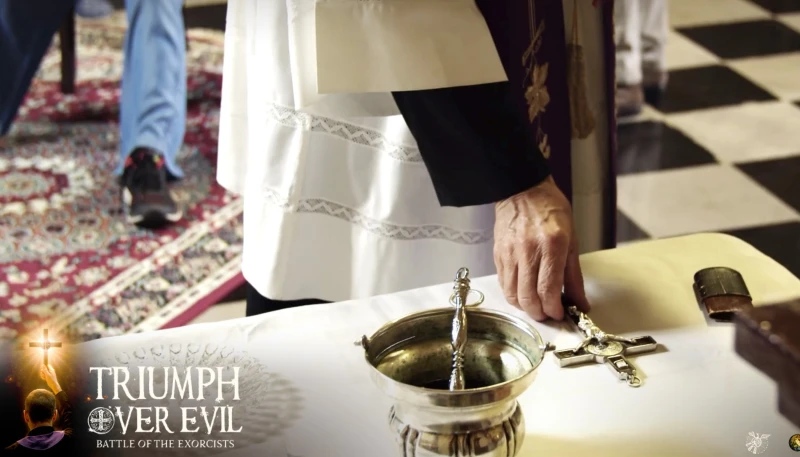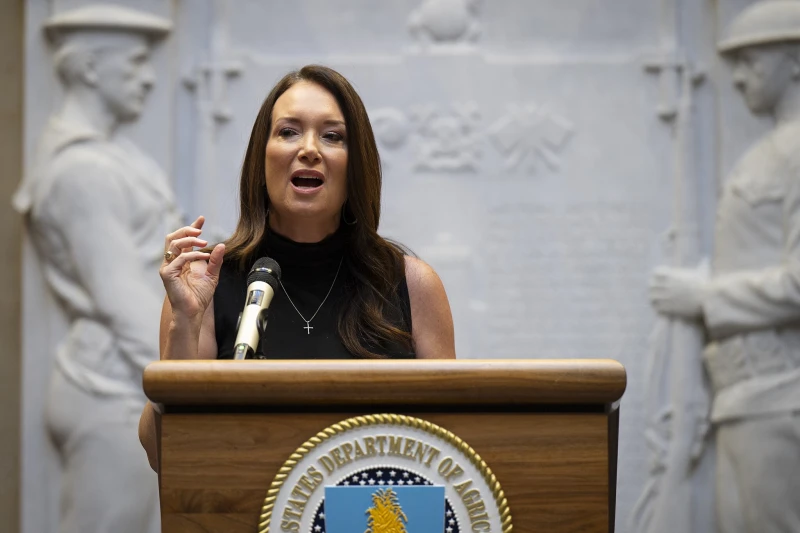

“Triumph Over Evil: Battle of the Exorcists” will be in theaters for one day only on Oct. 30, 2025, and aims to answer questions regarding the truth about exorcisms. / Credit: Goya Producciones
CNA Staff, Oct 28, 2025 / 07:00 am (CNA).
Who is the devil? What is an exorcism? How do you protect yourself from demonic attacks? These are some of the questions a new film titled “Triumph Over Evil: Battle of the Exorcists” aims to answer.
Approved by the International Association of Exorcists, a prominent pontifical association, “Triumph Over Evil” is the first authoritative documentary to delve into the various aspects of demonic possession and exorcism as well as the how the Catholic priesthood and the Blessed Virgin Mary take part in the battle against evil.
The film, which includes never-before-seen commentary from Vatican exorcist Father Gabriele Amorth and others, will be in theaters for one day only on Oct. 30.
Giovanni Ziberna, a former atheist who converted to Catholicism, directs the film.
Despite growing up in an atheist household, Ziberna told CNA in an interview that he always felt like God existed.
“The beauty of creation always made me feel that there had to be something more,” he said.
The Italian film director shared that it was not until he and his wife were asked to work on a project on the life of St. Veronica Giuliani — an Italian nun and mystic who belonged to the Capuchin Poor Clares — that he first encountered God. He explained that after receiving a blessing for protection from the priests involved in the project, he began to feel a “fire starting from my feet and rising up all over my body.”
“This fire burned away all my preconceived ideas, my pride, my ego, what I thought about God,” he said. “In that moment, I realized that it was God who humbled himself to embrace us in our smallness and misery and also that fire lit in me the desire to conversion, to be baptized; and the desire to know the faith and the Scriptures.”
From that point on, he and his wife started their faith journey. They began receiving the sacraments, getting baptized as well as baptizing their children, and having their civil marriage recognized by the Catholic Church.
After becoming Catholic, Ziberna had the opportunity to assist in the ministry of exorcism, where he served as a firsthand witness. This experience inspired him to create the film as a way to show the truth about exorcisms, in contrast to what Hollywood depicts.
He explained that there is a lot of “misinformation” surrounding this topic, as well as a lack of “theological background,” making it “easy to fall in the devil’s trap.”
Through the film, Ziberna said he wants to “show what a real exorcism is” and how it serves as a “spiritual moment full of light where God’s power wins over darkness.”
Ziberna said he hopes viewers will come away with more knowledge, a desire to “stay closer to God,” and a reminder that the “only real winner over evil is God.”
Read More




